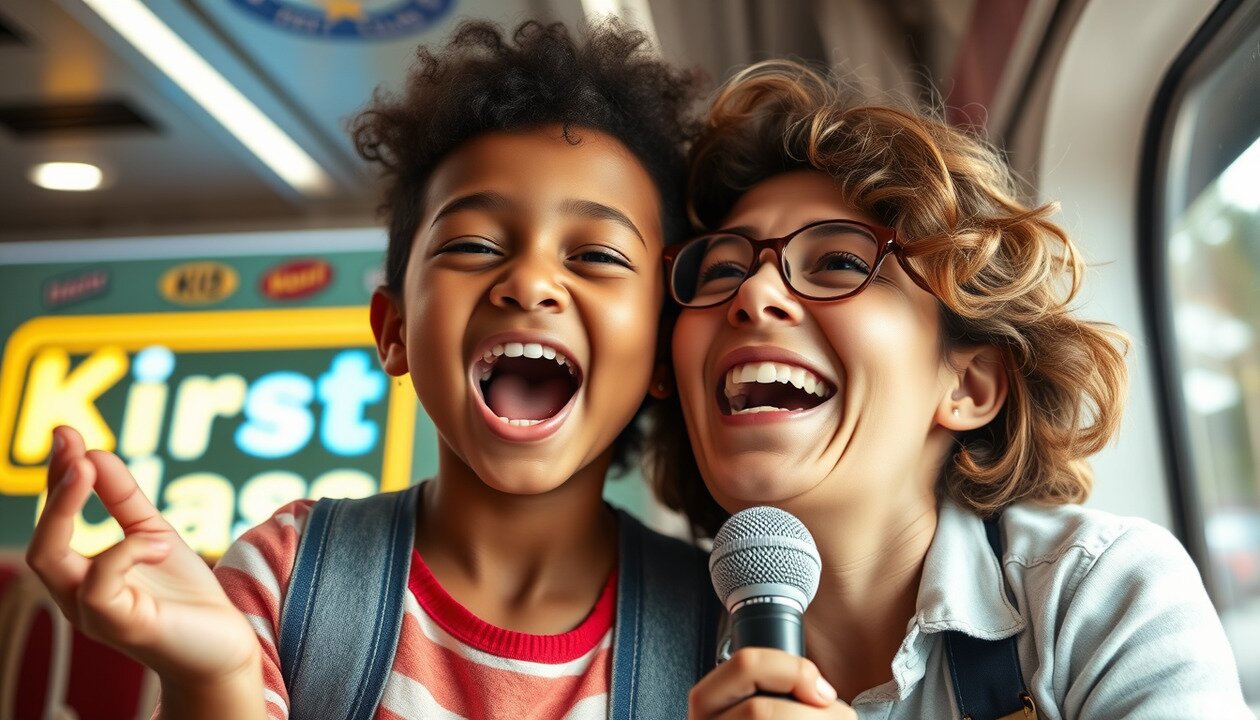
F — Fluency
Toddlers Can Learn Three Languages Before Age Four Through Song.
Melody separates language systems effortlessly in the brain. Repetition in song builds pronunciation, rhythm, and comprehension. The multilingual mind forms early, naturally, and joyfully.
The Brain’s Natural Window for Multilingual Mastery
Before age four, a child’s brain is biologically primed to absorb multiple languages with ease — not through drills or flashcards, but through song, rhythm, and joyful repetition.
At this stage, language isn’t learned — it’s soaked in.
And music is the sponge.
The melody of language is what toddlers notice first. That’s why songs — rich in sound patterns, emotional tones, and rhythm — are the perfect vehicle for forming multiple language systems simultaneously.
Why Songs Are the Perfect Language Teachers
Unlike adult learners, toddlers don’t need to “translate” between languages. Their brains build separate, parallel pathways for each language they hear — and music makes those pathways stronger, clearer, and longer-lasting.
Each song becomes a structured loop of:
Pronunciation
Rhythm
Grammar
Emotional tone
And repetition locks it in, without conscious effort.
Three Languages? Yes — And It’s Easier With Music
Research shows that children regularly exposed to two or more languages before age four can achieve full fluency in all — and often retain perfect accents for life.
Add music to the mix, and:
Vocabulary expands faster
Grammar patterns form intuitively
Comprehension deepens naturally
Fluency becomes fun, frictionless, and emotionally anchored.
The Cognitive Goldmine of Early Multilingualism
Children fluent in multiple languages by age four show:
Sharper focus and memory
More flexible thinking
Advanced problem-solving
Stronger cultural empathy
Multilingual kids don’t just speak more — they think wider, feel deeper, and connect faster.
Your Home Can Be a Multilingual Music Lab
No special tools required — just:
Daily songs in two or three target languages
Familiar melodies with simple, repeated lyrics
Emotional bonding during music time
Interactive responses: dancing, pointing, imitating
Music makes it playful. Play makes it permanent.
At Kids First Class, Multilingualism Isn’t a Goal — It’s a Given
We don’t teach “language lessons.”
We build multilingual brains from the start — using songs that stimulate cross-linguistic patterning while building joy, confidence, and fluency.
By age four, our kids are singing in multiple languages with the same comfort others use for one.